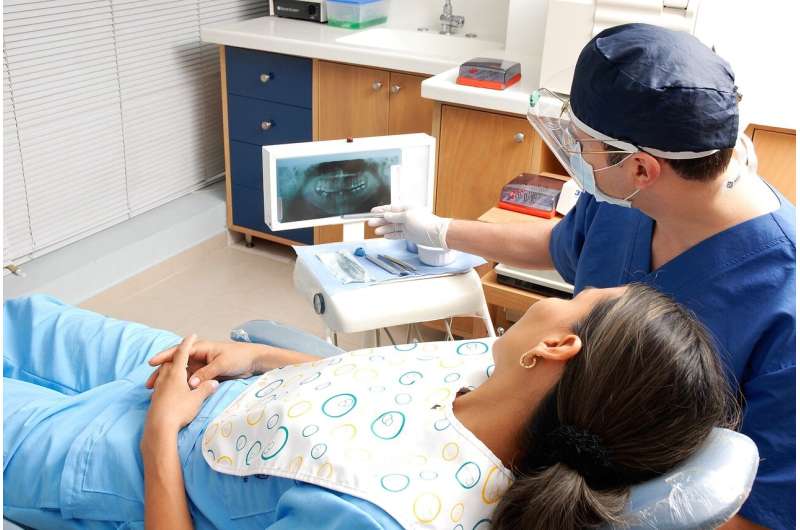Scientists suggest new solution to the rare-disease problem

Thousands of rare diseases cumulatively affect millions of people across the globe, yet because each case is so rare doctors struggle to accurately diagnose and effectively treat individual patients. Every time a patient with an unspecified disorder walks into a new clinic or shows up in an emergency room, doctors must start from scratch. The patients often go through years of such experiences before they ever get a diagnosis.
Scientists believe they've hit upon a way to get a handle on this problem.
In a commentary published this month in the journal Nature Reviews Drug Discovery, an international team of data scientists and rare disease specialists write that they've come up with a way to characterize and define diseases so that they eventually would be sharable among physicians across the globe. For years, patient advocacy groups and regulators have often cited an estimate that there are roughly 7,000 "rare" diseases, however the new research suggests this number may be undercounting by thousands.
"This preliminary analysis suggests that there could be a substantially higher number of rare diseases than typically assumed ... with obvious implications for diagnostics, drug discovery and treatment," they write.
The scientists call for a coordinated effort to better define rare diseases so that clinicians can effectively diagnose and treat patients.
The reason: Doctors can't successfully treat what they can't recognize.
"Most of these diseases they'll never see again in their lifetime," said lead author Melissa Haendel, Ph.D., associate professor of medical informatics and clinical epidemiology in the Oregon Clinical and Translational Research Institute (OCTRI). "If we can't count them, that means we also can't define them, and therefore we can't adequately diagnose them."
The lack of agreement and imperfections in current rare disease definitions also affect research on rare disease mechanisms and potential therapies.
Researchers estimate that as much as 10% of the world's population suffers from a rare disease, translating into hundreds of millions of people. Yet the inability to reliably diagnose a specific rare disease hinders doctors' ability to treat individual patients and researchers' ability to develop effective treatments.
Haendel wrote the commentary with 18 co-authors from the United States, Australia, France and Germany. In it, the authors call upon the World Health Organization, the U.S. Food and Drug Administration, the European Medicines Agencies, the National Academy of Medicine and other entities to adopt a unified definition of rare disease.
More information: Melissa Haendel et al, How many rare diseases are there?, Nature Reviews Drug Discovery (2019). DOI: 10.1038/d41573-019-00180-y


















